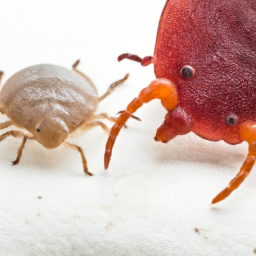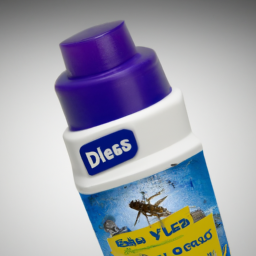Silverfish
Silverfish: All You Need to Know
Silverfish are an ancient species, with fossils from the Devonian period around 400 million years ago! They are creepy-looking insects, but harmless to humans. Silverfish are a very adaptable species and can live in many environments.
Interesting Features
-
- Silverfish are nocturnal and will hide around cracks and crevices during the day.
-
- When they sense danger or threats, they will release volatile compounds and leap quickly to flee the area.
-
- The silvery scales on the outer body give them the common name “Silverfish”.
Habits
Silverfish are common in human dwellings, often preying on cereal, book bindings, and other starchy materials. It is important to remember that silverfish are scavengers and do not carry harmful diseases.
Control
Since silverfish are so common and sneaky, it is important to stay on top of the infestation to avoid further spreading. Here are some tips if you find silverfish in your house:
-
- Check all pantries, closets, and bathrooms for silverfish.
-
- Vacuum regularly and throw away bags immediately.
-
- Keep all clothing and linens off of the floor.
-
- Seal off cracks and holes in walls and floors.
-
- Use boric acid as a natural pesticide.
Overall, silverfish can be harmless, but if you find them in your house, it is a good idea to take the necessary steps to control their population.
Silverfish (Lepisma saccharina) is a small, wingless insect that belongs to the fish family of primitive insects. Its name is derived from its distinct silvery-grey coloration and its fish-like movements. This species is widely distributed and can be commonly found in damp, dark places such as basements, closets, and attics, as well as behind sinks and bathtubs.
Silverfish prefer humid habitats with temperatures ranging from 70 to 80 degrees Fahrenheit and thrive in high humidity of up to 90%. They typically live off of starchy foods, including book bindings and wallpaper glue, which they digest through their saliva. Silverfish are nocturnal and can live for up to eight years.
Silverfish reproduce through a process called parthenogenesis, meaning they can clone themselves without the need of a mate. The eggs of silverfish are demineralized and contain an enzyme that enables the process of parthenogenesis. Each female silverfish is able to produce up to 19 eggs at a time, and these eggs hatch within two weeks.
Silverfish pose no immediate threat to humans, but they can cause considerable damage to books, clothes, and stored grains. Therefore, it is important to take steps to properly prevent an infestation of silverfish.
Some prevention methods include using dehumidifiers, insecticides, or a mixture of borax and sugar around areas where silverfish are commonly found. Also, it is a good idea to store clothing and books in sealed containers and reduce any sources of moisture in the home.
Silverfish are a troublesome pest, but thankfully, with preventive measures, they can be managed properly.
Also Read: Sand fleas
Related: Best Mouse Poison that Kills without Smell
Related: Dust Mites in Bed Symptoms
Related: Can Bed Bugs Live on Wood Furniture?
Related: Top 7 Pictures of Sand Flea Bites!
Related: Chiggers vs Oak Mites – in 5 Important Points Explained!







